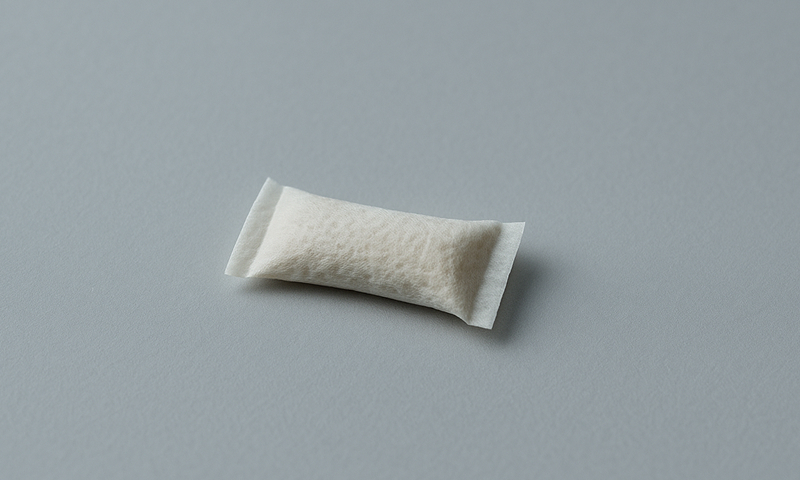The portrayal of smoking in TV shows has evolved dramatically over the years. With a growing focus on health-conscious living, smoke-free alternatives like nicotine pouches are gaining screen time. This shift reflects broader societal trends and influences consumer behavior.
In recent years, smoking portrayals on television have shifted significantly. The focus has moved from traditional cigarette use to smoke-free alternatives, mirroring the changing societal attitudes towards health and wellness. This transition is not just about reducing smoking scenes but also about promoting healthier choices such as nicotine pouches. As viewers become more health-conscious, TV shows are starting to reflect these values by featuring characters who opt for smoke-free alternatives.
History of smoking portrayals in classic TV
Historically, TV shows have portrayed smoking as a glamorous and socially acceptable activity. In the mid-20th century, iconic series often featured characters with cigarettes in hand, reflecting the cultural norms of the time. Smoking was seen as a symbol of sophistication and rebellion, deeply embedded in popular media narratives. These portrayals aligned with societal attitudes, where smoking was widespread and considered fashionable.
Shows from past decades captured this era perfectly, presenting smoking as an integral part of everyday life. Characters were rarely seen without a cigarette, underscoring its prevalence in society. This depiction mirrored real-world trends where smoking was common, and public health campaigns were just beginning to emerge. Over time, however, these portrayals began to shift as awareness of smoking’s health risks increased.
As public perception changed, so did TV’s portrayal of smoking. The negative health implications became more widely recognised, leading to a decline in positive smoking depictions on screen. Today, there is a noticeable move away from glorifying cigarettes towards highlighting the benefits of smoke-free alternatives.
Focus shifts from cigarettes to alternatives
The transition from traditional cigarettes to smoke-free alternatives in TV shows is driven by several factors. Public health campaigns have played a crucial role in educating audiences about the dangers of smoking. This increased awareness has spurred a demand for healthier options both on and off-screen. Consequently, TV producers are integrating smoke-free alternatives like nicotine pouches into their narratives.
This trend is not just about reducing harmful depictions but also about aligning with evolving viewer preferences. As audiences become more mindful of their health choices, they expect media content to reflect these values. Smoke-free alternatives offer a way to address this demand while still incorporating elements of realism into storylines.
Moreover, societal attitudes towards smoking have shifted dramatically over the past few decades. There is now greater acceptance of alternatives that promote wellness without compromising enjoyment or social interaction. TV shows are responding by featuring characters who choose these healthier options over traditional tobacco products.
TV’s influence on public perception and behavior
Television has long been a powerful medium for shaping public perception and behavior. When it comes to smoking alternatives, its influence cannot be understated. By incorporating nicotine pouches into storylines, TV shows can normalise their use and encourage viewers to consider them as viable options.
For instance, popular series now often include characters who use smoke-free alternatives in social settings or stressful situations. This visibility helps demystify these products for audiences who may be unfamiliar with them. It also reinforces the idea that choosing healthier options does not mean sacrificing enjoyment or relaxation.
The impact of such portrayals extends beyond mere awareness; they can actively shape consumer behavior by encouraging individuals to explore alternative products themselves. As more people see these items being used on screen, they may feel inspired to try them out in real life, contributing to a broader shift towards healthier lifestyle choices.

